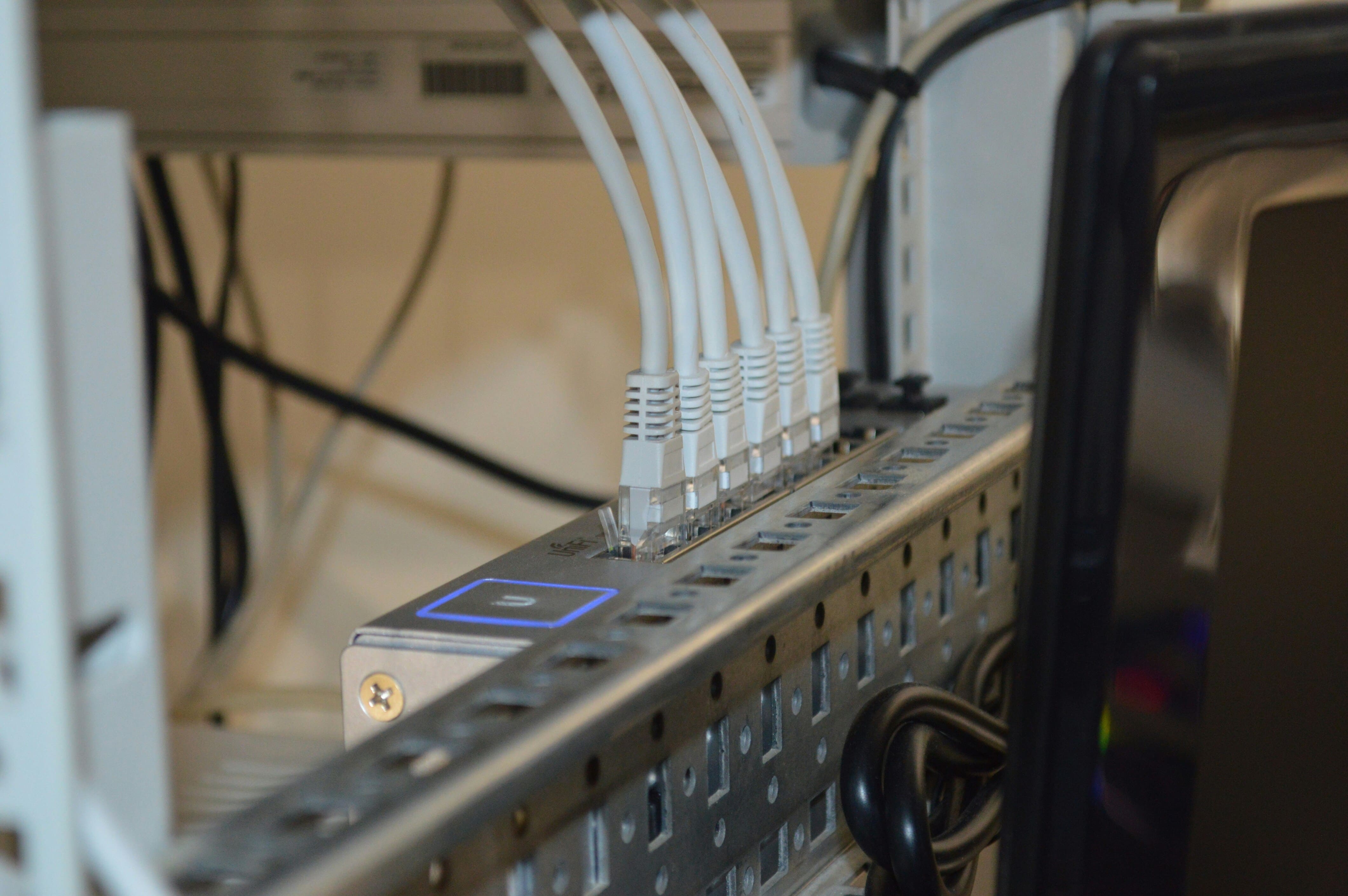3D Printing and Development of Internet of Things Devices
“ 3D printing and IoT allow us to create innovative and personalized devices to optimize our daily lives.”
3D printing and its role in the development of Internet of Things devices
3D printing technology has revolutionized the way various products are created and designed in different industries. From manufacturing parts for the automotive industry to creating custom medical prostheses, 3D printing has proven to be a powerful tool in creating physical objects quickly and efficiently.
But its impact is not limited only to the production of physical objects, it has also played a key role in the development of Internet of Things (IoT) devices. These devices, which connect to the Internet and can be controlled remotely, have become increasingly popular in today's society and their demand continues to increase.
In this article, we will explore how 3D printing has contributed to the development of IoT devices and how this technology continues to evolve to further drive the industry.
3D printing in the manufacturing of prototypes for IoT devices
One of the biggest challenges in developing IoT devices is the prototyping process. Before a device can be released to the market, multiple tests and adjustments need to be carried out to ensure that it works correctly and meets expectations. This entire process could be expensive and time-consuming if done with traditional manufacturing methods.
This is where 3D printing comes into play. Thanks to its ability to 3D print objects from digital designs, it can produce prototypes of IoT devices much more quickly and at a much lower cost than traditional methods. This has allowed developers to create multiple iterations of their devices efficiently, significantly speeding up the development process and reducing associated costs.
Additionally, the ability to 3D print custom parts and components for IoT devices has allowed developers to design and produce devices with different shapes and sizes, which was previously unthinkable with traditional manufacturing methods.
3D printing and small-scale production of IoT devices
Another advantage of 3D printing in the development of IoT devices is its ability to produce them in small quantities. Previously, mass production was the only viable option to produce devices at a reasonable cost, which limited small businesses and startups from entering the market.
With 3D printing, it is possible to produce IoT devices in small quantities cost-effectively. This has allowed entrepreneurs and startups to venture into the IoT market with novel ideas and in a scalable way, which has contributed to the growth and diversification of the industry.
The evolution of 3D printing to meet the needs of the IoT industry
While 3D printing has proven to be a powerful tool in the development of IoT devices, there has also been a focus on improving and adapting this technology to meet specific industry needs.
For example, the ability to print with conductive materials is being researched and developed, which will allow the creation of more complex and functional IoT devices. Additionally, work is also being done on 3D printing electronic circuits, which could completely transform the way IoT devices are produced.
Another important focus is on optimizing the 3D printing process to ensure the production of high-quality devices with great precision. This is essential to ensure that IoT devices function correctly and are reliable, as even a small error in printing could affect their performance.
Conclusion
The perfect combination of 3D printing and IoT device development has proven to be a driving force in the industry, enabling efficient and affordable prototyping, small-scale production, and technology evolution. 3D printing has radically changed the way IoT devices are conceived and developed, and its impact will continue to increase as this technology continues to advance.





